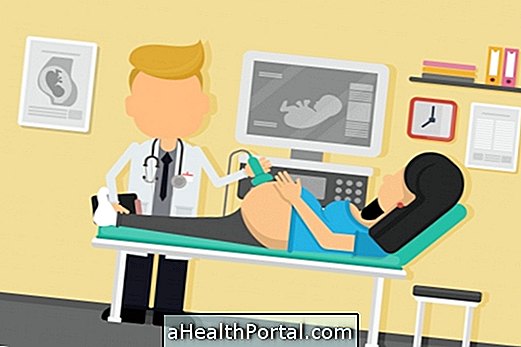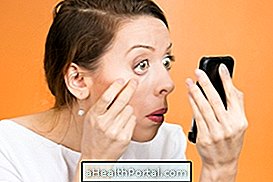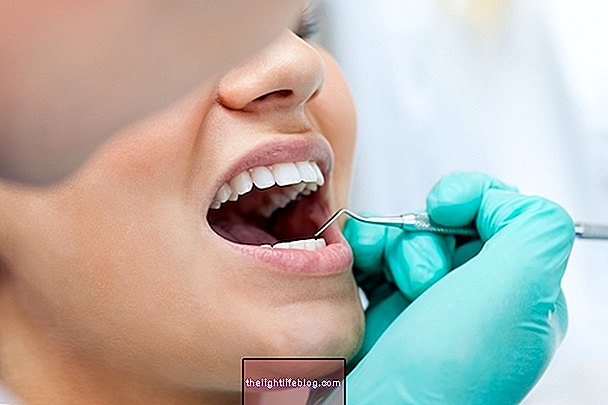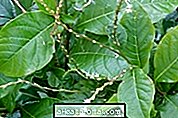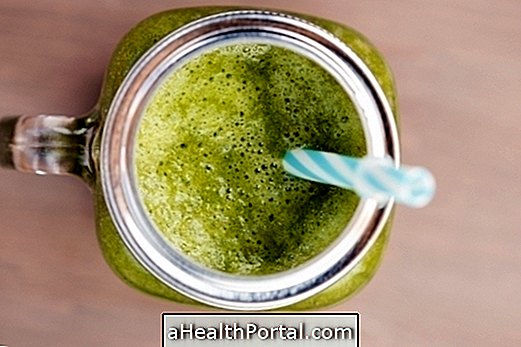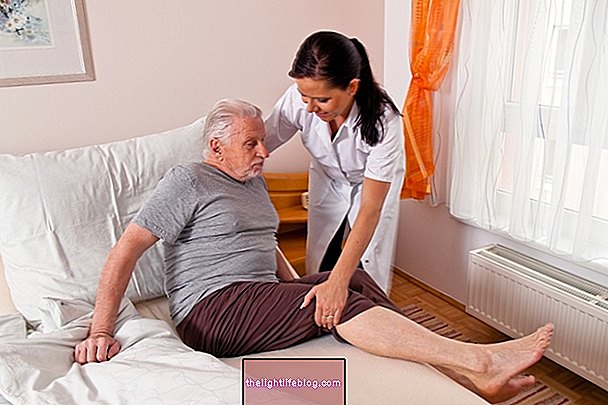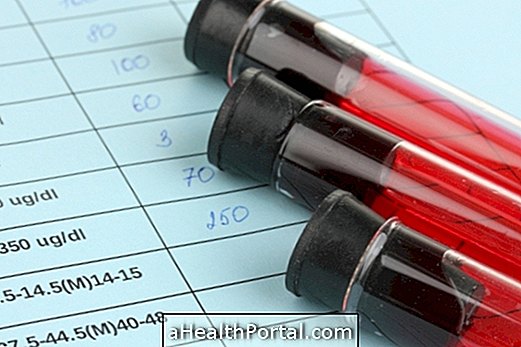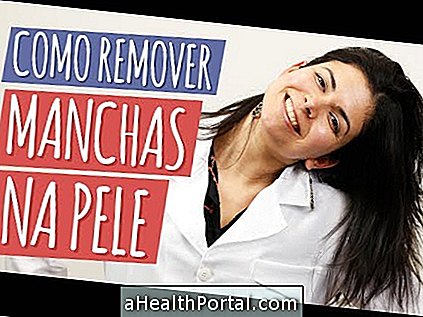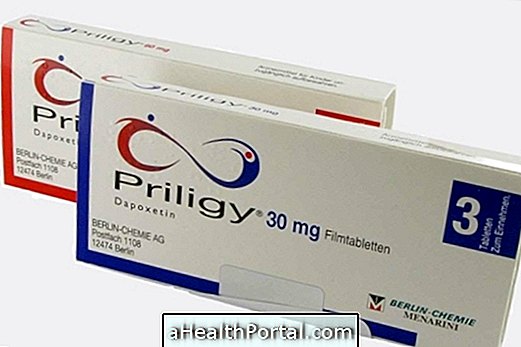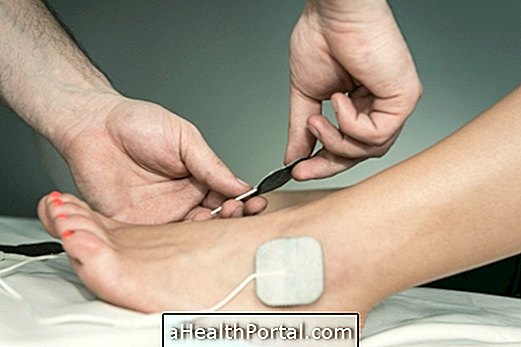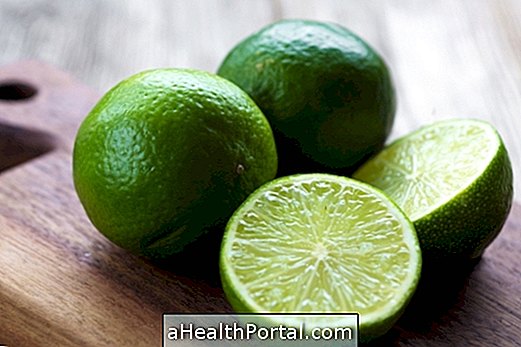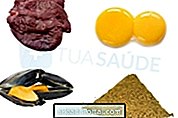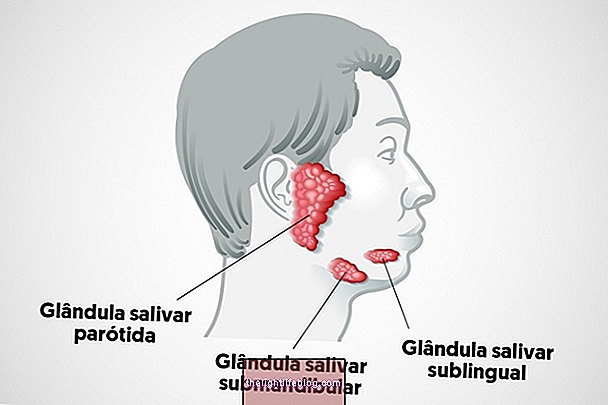Cracks in the nipple arise especially in the first few weeks of breastfeeding due to incorrect handling of the baby in the breast. It may be suspected that the baby is incorrectly breastfeeding when he stops breastfeeding, his beak is wrinkled. If it is wrinkled, it is very likely that the handle is incorrect and that the cracks and bleeding appear on the next day.
To heal cracked and bleeding nipples one should continue breastfeeding, but always check if the baby is making the correct handle. It is important to continue breastfeeding if bleeding or cracking occurs because breast milk itself is an excellent natural remedy to heal cracked nipples.
If the baby has candidiasis in the mouth, which is very common, the yeast fungus albicans can pass to the nipple of the mother can have candidiasis in the breast and in this case the pain in the nipple becomes even greater in the form of deep searing or burning the first few minutes of breastfeeding, and remains until after the baby has finished nursing. But this pain arises again or becomes worse whenever the baby breast, becoming very uncomfortable for the woman. Find out if in addition to the chap you may have thrush on the breast and what to do to heal faster.
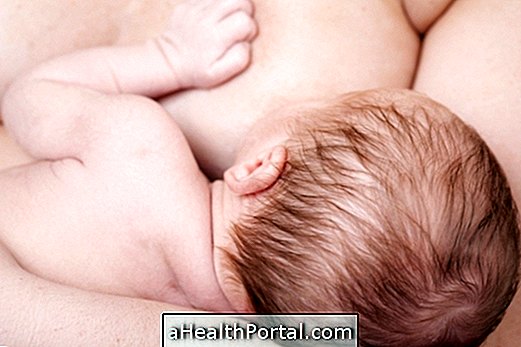
What to do on the nipples
To heal the crack at the nipple faster whenever the baby finishes breastfeeding you should pass a few drops of the breast milk itself on every beak and let it dry naturally because the milk is very moisturizing and has everything the skin needs to heal on its own.
However, it may also be recommended by the doctor to apply a thin layer of a lanolin ointment to the nipple at the end of breastfeeding. This ointment can be purchased at any pharmacy, but it should be removed with a cotton swab dipped in water before putting the baby to breastfeed.
Doing about 15 minutes of top less daily while breastfeeding is also a great way to protect your nipples and fight cracks, but the best time to expose yourself in the sun in the morning is before 10 am or after 4 pm hours, because you need to be without sunscreen.
In the bath pass only water and soap in the breasts and dry with a soft towel. Then place breastfeeding discs inside the bra as this helps to keep the nipples more comfortable and dry, preventing infections.
Here's how to treat cracked nipples in: Home remedy for cracks in the breasts.
What does not go through the nipples
It is contraindicated to pass alcohol, mertiolate or any other disinfectant substance on the nipples during the breastfeeding phase, so as not to harm the baby. Also it is not indicated to pass bepantol, glycerine, Vaseline
When there are changes such as nipple wounds, what you should do is continue breastfeeding, taking care to make sure the baby is breastfeeding in the correct position and pass only breast milk or lanolin ointment to the nipple. Both milk and lanolin help in healing without damaging the baby.
Can I continue breastfeeding with cracked and bleeding nipples?
Yes, it can and should because so the milk does not accumulate causing even more pain. Milk and blood can be ingested by the baby without any problems, but if you think there is too much blood, talk to your pediatrician.
How to avoid cracking on the beak of the chest
To avoid cracking the nipples during the breastfeeding phase it is recommended to follow some simple tips every time the baby sucks. Are they:
- Press lightly on each nipple until a little milk comes out and wet the whole nipple and areola with this milk to moisturize the skin, especially after the baby suckles;
- Avoid use of creams or ointments on the nipples, using only if cracked and under medical supervision;
- Use a nipple protector inside the bra and always use a good breastfeeding bra, since the wrong number can hinder the production and withdrawal of milk;
- Whenever possible remove the bra and expose the breasts in the sun to keep the nipples always well dry, since moisture also favors the proliferation of fungi and bacteria.
The cracks are not caused by the time the baby takes to suck but by the dryness of the skin and the baby's "bad grip" on the halo and so this situation should be quickly corrected. Your doctor or nurse can help ease the baby's grip and thus improve the output of the milk and avoid the discomfort that cracks can cause.
What is the correct way to breastfeed?


In order for the baby to make the correct handle by extracting as much milk as possible from each suction and not causing cracks in the mother's nipples, the baby should be positioned as follows:
- To have the belly leaning against the mother's belly,
- Keep your mouth wide open, also catching the halo and not just the beak of the chest.
In addition, the mother should vary the position she breastfeeds at each feed, but some babies need to stop to burp in the same feed, which is a great opportunity to change the baby's position. See the best positions for the baby to nurse without damaging the mother's breast.
If you continue to have doubts or are trying to breastfeed but are being very difficult and uncomfortable you should seek help in the maternity where the baby was born, with doulas, nurses or midwives because they are the best professionals to indicate everything you have to do to get breastfeed throughout as long as you wish, without pain or suffering.


